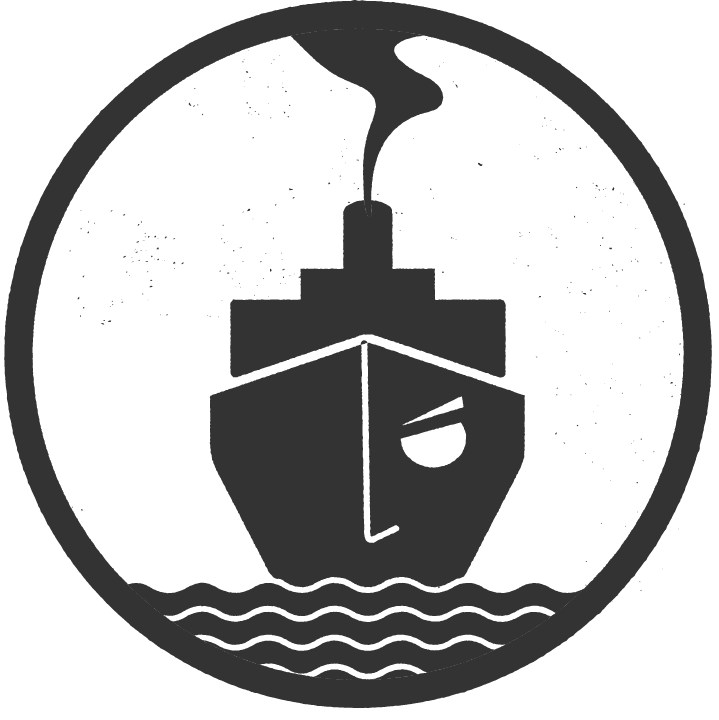25 Oct A Cruise Ship’s Emissions Equals that of One Million Cars
A mid-sized cruise ship can use as much as 150 tons of fuel each day, which emits as much particulate as one million cars, research shows.
The United Nations International Maritime Organization had set emissions standards for ships in international waters. Over the course of several years, cargo ships complied. Cruise ships did not. Cargo ships switched to cleaner-burning fuels, while cruise ships continued to use the cheapest, dirtiest heavy bunker fuel available.
German environmental research group the Nature and Biodiversity Conservation Union (NABU) studies the environmental damage done by cruise ships. They found that the emissions output from a single, mid-size cruise ship—which requires about 50,000 gallons of fuel—is equivalent to the emissions of one million cars idling for 24 hours.
What’s more, toxic sulpher and other chemicals in the air travel 200 miles away from port. As the bird (or pollution) flies, that’s Spokane. But 90 percent of cruise ship emissions stay within 90 km (or 56 miles) of the coast. That affects Western Washington, from the Puget Sound to the Cascades, with highest concentrations of bad air in coastal areas: Seattle, the islands, Bellingham.
See the full report, and read a Canadian Broadcasting Corporation interview with the one of the report’s authors.




